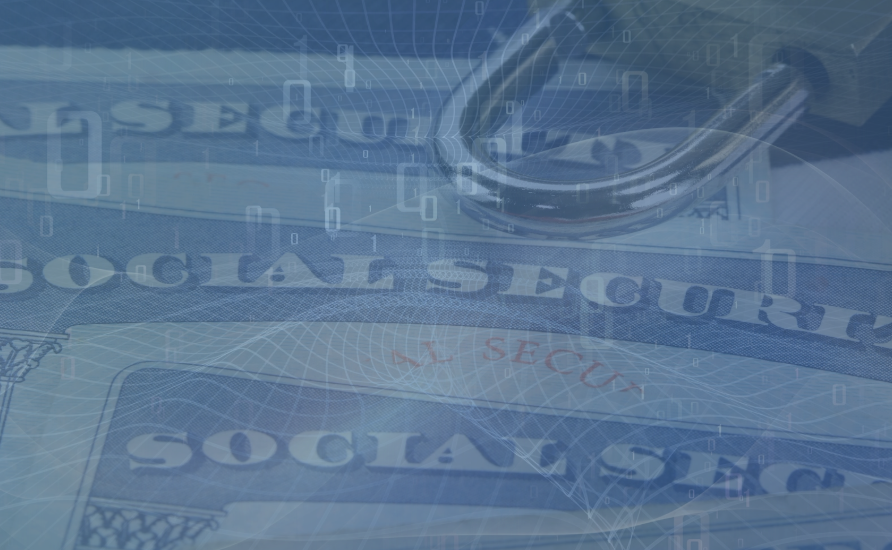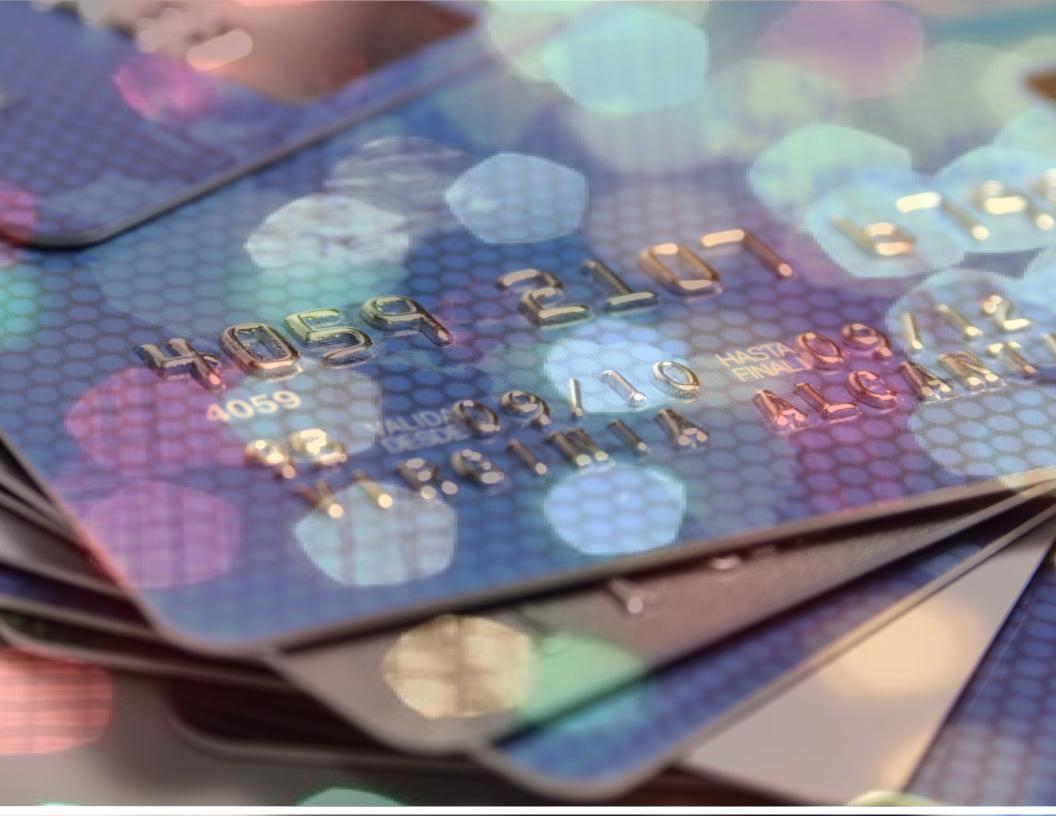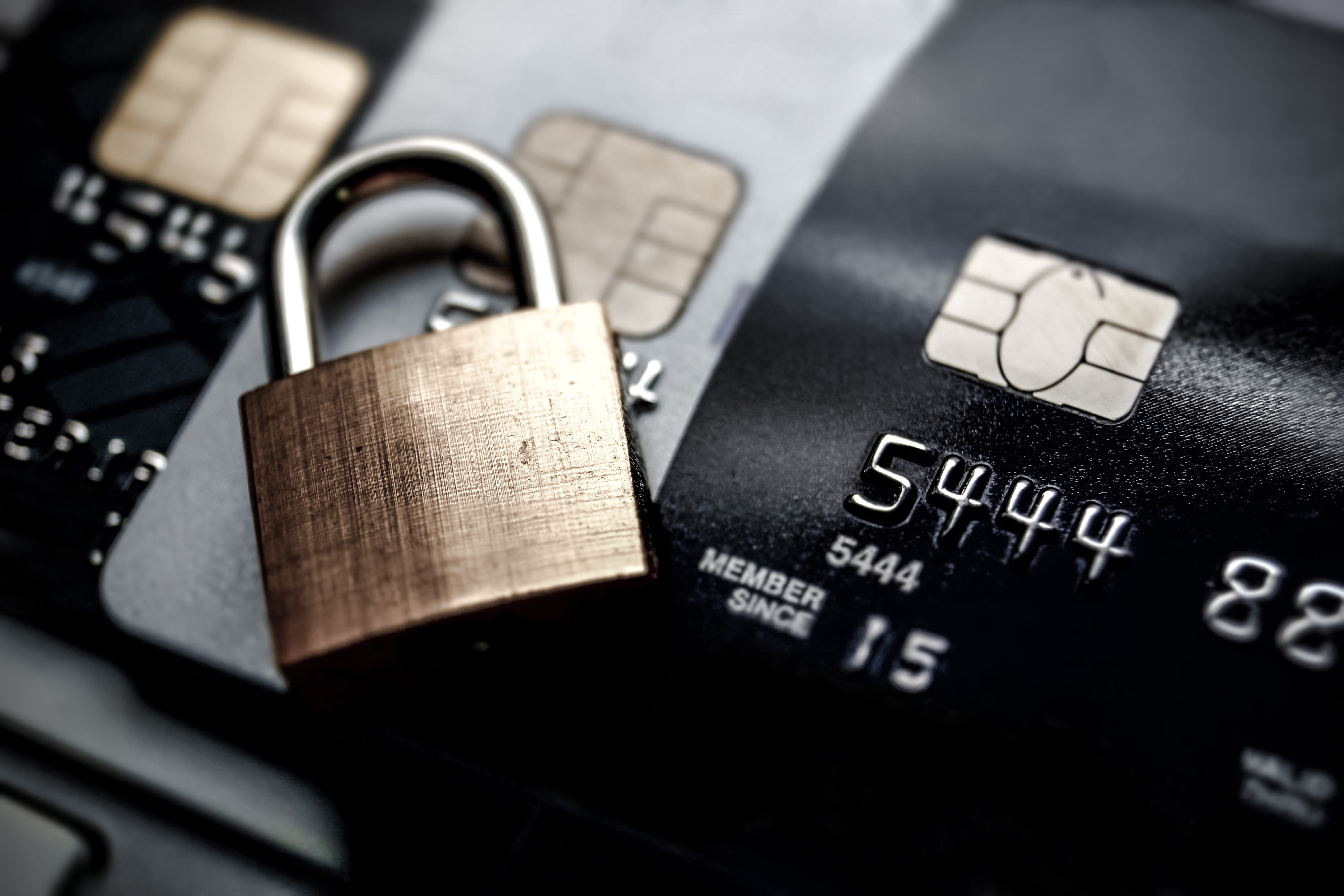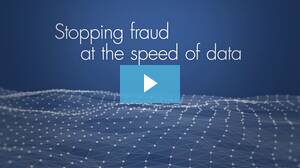New insight from Juniper Research indicates that online payment fraud is expected to exceed $200 billion between 2020 and 2024. One key contributing factor is a rising number of synthetic identities created to perpetrate fraud.
Online Payment Fraud Trends: Synthetic Identity Fraud On the Rise
Topics: Fraud
Wawa Customer Breached Card Data Reportedly Being Sold On Dark Web
Critical payment and credit card data from the Wawa convenience store breach has reportedly made its way to the dark web. Multiple reports, including Krebs on Security and Gemini Advisory, indicate that card data from more than 30 million Wawa customers was listed for sale Jan. 27 on the cybercriminal dark web forum Joker’s Stash.
Wawa acknowledged the reports, and released a statement saying it has "alerted our payment card processor, payment card brands, and card issuers to heighten fraud monitoring activities to help further protect any customer information." Wawa said it is working with federal law enforcement to determine the scope of the exposed Wawa-specific customer payment card data.
Topics: Fraud
ABA Report: CNP Fraud Losses Rise Sharply In Two Years
A newly published report from the American Bankers Association reveals key themes across the banking ecosystem: Fraudsters keep targeting old habits, while newer trends are gaining traction quicker than ever.
The ABA's report showed is that popular fraud trends like check fraud and deposit account fraud continue to contribute to overall fraud losses — accounting for roughly $2.5 billion collectively. The report also details how point-of-sale debit card fraud trends have been shifting over the past few years. When comparing 2016 to 2018 figures, data indicates that POS debit card fraud from counterfeit frauds now accounts for 25% of the losses, compared to 47% in 2016. Looking at card-not-present transactions (CNP), those losses are account for 42% of counterfeit fraud, when compared to a 30% loss in 2016.
Despite the gloomy outlook on many of the fraud figures, the report indicated some bright spots for financial institution leadership.
Topics: Fraud
The uptick in holiday shopping card fraud leaves financial institutions in a tough position: Manage the fallout from higher declines or take on additional fraud risk to minimize cardholder disruption. Getting proactive about holiday card fraud can alleviate that burden.
To help you keep your cardholders protected, we've brought back our team's tips on how to manage incidents during this peak fraud season.
Topics: Fraud
Why Community Banks and Credit Unions Need AI and Machine Learning
The push for greater digitization across the financial services ecosystem has created another challenge for financial institutions: New channels for fraudsters to exploit and monetize.
Banks must keep up with customer demand and offer more to compete, but they must also be mindful of the security measures needed to keep up with these trends. This has left many FIs with a Catch-22. Fraud trends are changing as fraudsters get more sophisticated in the methods they use to breach personal and financial data.
Big banks are proactively working to get ahead of fraudsters, but many smaller institutions are still relying on time-consuming, manual methods to spot fraud patterns — or count on their call centers to alert them when fraud occurs. This approach involves a lot of upfront time, money and analysis, only to fall short in being able to accurately pinpoint where an organization's biggest risks and how to get ahead of those trends.
The bigger banks with deep pockets are gaining a FinTech edge with teams of data scientists and sophisticated software tools to keep their fraud detection tools aligned with what the market demands. Smaller FIs know to compete they must embrace new technologies such as AI and machine learning. But knowing how and where to start can be the biggest hurdle.
Topics: Fraud
Card Fraud Intel: 5 Resources For Financial Institution Leaders
Staying up-to-date with the latest insight into payment fraud trends should top the priority list for any financial institution leader — but there aren't always enough hours in the day to keep up. That's one of the reasons Rippleshot exists. We're here to be your trusted advisor on what we're hearing in the marketplace about fraud trends, fraud benchmark data and what financial institutions should be doing about it all.
To help keep your team educated about some of the latest trends we've observed, we've gathered 5 resources worth bookmarking when you need to report on how fraud trends are evolving and how your team can stay prepared. For those who would like to chat about these trends more in depth – or would like to share their own card fraud pain points - we are always here to listen and lending a helping hand.
Topics: Fraud
Financial Fraud Drives Multi-Factor Authentication Market
Fighting the rise of payment fraud and cyber attacks has also fueled the growth of the fraud prevention, detection and risk mitigation markets. Among those trends is the multi-factor authentication market that continues to see new investments as financial fraud rises.
A new report from Adroit Market Research indicates that by 2025, the multi-factor market will be worth roughly $20.41 billion — a growth of roughly 24% over the next six years. In North America alone — the top multi-factor authentication market — it's already more than a $1.8 billion industry.
Topics: Fraud
April 23 Webinar: 'Synthetic Identity Payments Fraud'
Synthetic identity fraud continues to be a hot topic across the financial ecosystem. The Fed is taking a deeper dive into this subject in a webinar today, April 23 at 11 a.m. EST, titled 'Ask the Experts: Synthetic Identity Payments Fraud.'
Among the featured panel members will be Justin Davis, fraud manager for Digital Federal Credit Union. Learn what this team of experts has to say on this subject.
Topics: Fraud
How Credit Unions Can Mitigate Risk With Big Data, Analytics and Machine Learning
In an era of rising card fraud and data breaches, credit union leaders are constantly analyzing how they are protecting themselves, and their members. One of the biggest problems today? Waiting for network alerts can be costly in terms of fraud loss and customer experience.
That was one perspective Rippleshot’s Customer Success Manager Jesse Sherwood shared in a webinar she recently participated in hosted by CUNA Mutual Group titled “Managing Risk Through Big Data, Analytics & Machine Learning.” Managing that risk, Sherwood said, starts with determining how data can be used to identify and act on fraud sooner.
“When we are thinking about data, we have to start with the problem. What problem are we trying to solve?,” Sherwood said during the webinar. “Data breaches are becoming more and more common and at very large scale. What this means is credit unions and members are being impacted. How do we protect them?”
The answers to those questions start by determining what tools can help credit unions boost fraud prevention performance.
Topics: Fraud, Machine Learning, Data Analytics
Gas Station Skimmer Fraud Triggers Secret Service Memo
As payment technology evolves, so does the techniques of hackers. Gas stations skimming fraud has been one of the hot topics that continually falls onto the list of latest and greatest ways that fraudsters compromised payment card data at the pump. This is going to continue being a major topic of discussions across the financial services ecosystem long after the EMV deadline sets in for gas stations in October 2020.
This week, reports surfaced about gas station skimmer fraud. This issue made headlines after Krebs on Security reported about a memo sent out by the U.S. Secret Service. Krebs initially reported that the skimmers discovered were part of new bluetooth and SMS technology that were being used to steal payment data from consumer's devices. Krebs updated his report to include some clarifications after getting more information from sources close to the matter. He concluded that skimming fraud did occur, but not through SMS-enabled devices.
Topics: Fraud
It should be no surprise that payment fraud increased during the recent holiday season as this is the trend each year. What is noteworthy, based on the latest ACI Worldwide benchmark data report on this subject, is what's contributing to that increase.
The report indicates that cross-channel payment fraud increased 13 percent globally during the 2018 peak holiday season, with an increase in "buy online, pick up in-store" being a major target for fraudsters as card-present fraud becomes increasingly difficult. Card-not-present (CNP) fraud has also grown as a result.
Topics: Fraud
Tracking card fraud trends is a task the Rippleshot team is all too familiar with. As any financial institution leader knows, card fraud is complex, labor-intensive, ever-changing and shouldn't be tackled alone. This is why we like to remind you that we're in this fight together.
We're here to collaboratively fight fraud – with data. Our new report State of Card Fraud: 2018 won't help you directly combat the rise of data breaches, but it is packed with droves of stats and insights to arm FIs with a greater understanding of how the problem is changing, what's contributing to these changes and what we predict will define 2018's card fraud story. We also share our newly released data points on how much card fraud is costing FIs, and our own curated benchmark insights into what others in the industry fear most when it comes to managing card fraud, reissuance costs and customer impact.
Topics: Fraud
ABA Banking Journal: ‘Five Top Fraud Risks for Banks’
It's impossible for a bank executive to pinpoint just one fraud risk to be concerned about. From synthetic identity and account takeover fraud to skimming, ATM and CNP fraud, the running list of methods fraudsters are capitalizing on grows each year.
A recent article by the American Bankers Association Banking Journal took a deeper dive into the top five fraud risks banks face today — sharing insight from Rippleshot Co-Founder Canh Tran. He discussed the rise of online fraud and how financial institutions can prepare themselves to take on fraudsters.
Topics: Fraud
Secret Service Warns Financial Institutions About ATM Skimming Attacks
ATM fraud schemes are becoming all too familiar in the financial ecosystem. Once again, the U.S. Secret Service has issued an alert to financial institutions about a new form of ATM skimming that fraudsters are using to gain access to payment card details.
The latest alert relates to what's being referred to as "ATM wiretapping" that involves magnets and medical devices to siphon customer account data from the card reader. This latest news was reported by KrebsOnSecurity, which indicated that this alert was given to banks using a non-public system to warn FIs about this new trend that involves the cutting of "cupcake sized-holes" into ATMs to steal the payment data.
Synthetic fraud is estimated to cost lenders more than $6 billion annually — and by all accounts, this problem is going to get worse before it gets better.
But why is synthetic fraud ballooning – and why are financial institutions finding it increasingly harder to crack down on? A rise in data breaches in recent years has only complicated this problem even more.
To help keep FIs educated with the latest data available in the market — and share expert’s take on how this problem has been transforming — we’ve released a new white paper titled Inside Synthetic Fraud.
Topics: Fraud


















